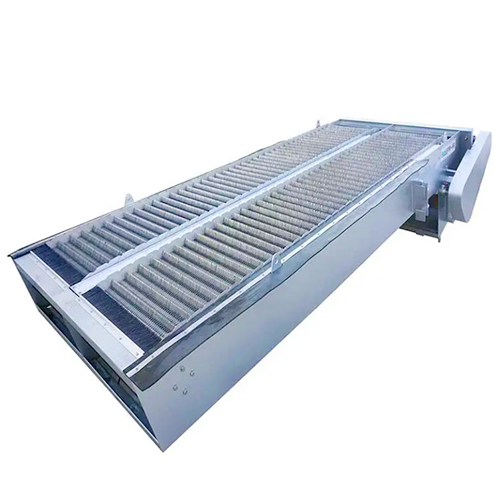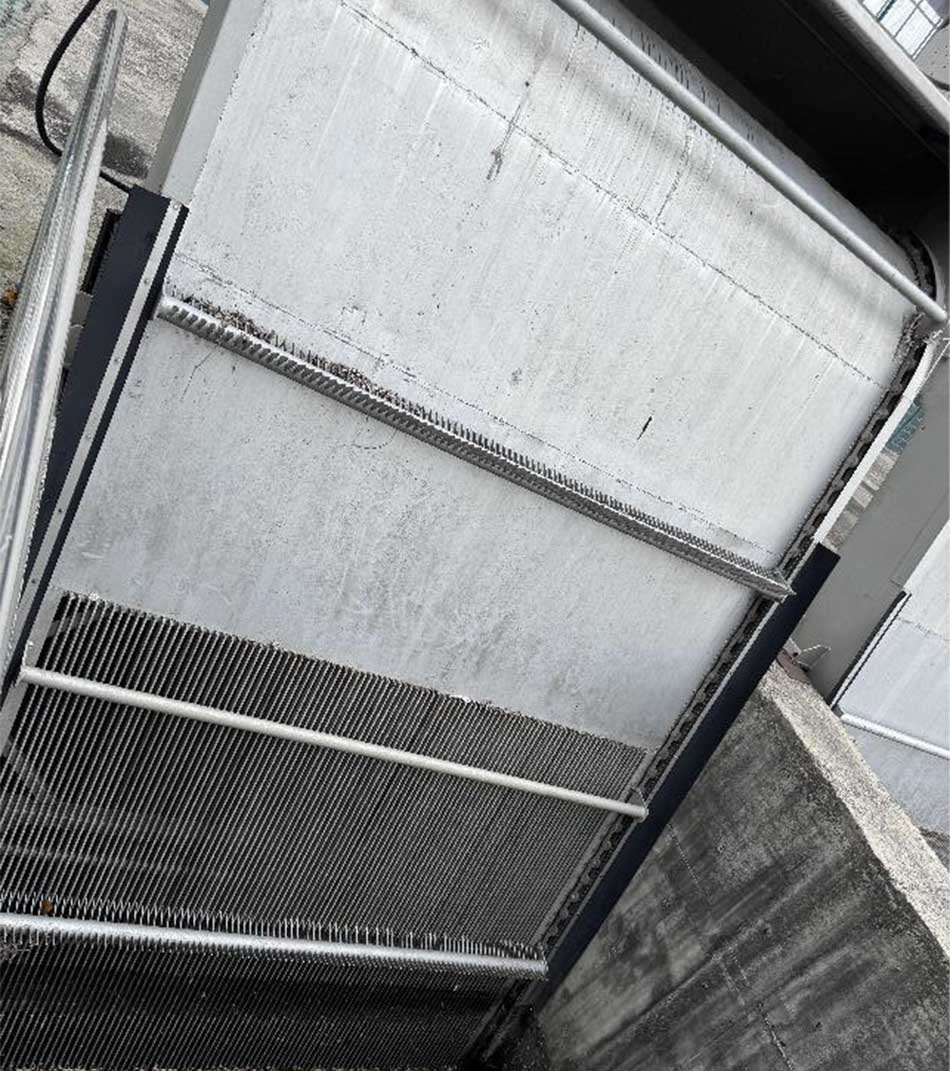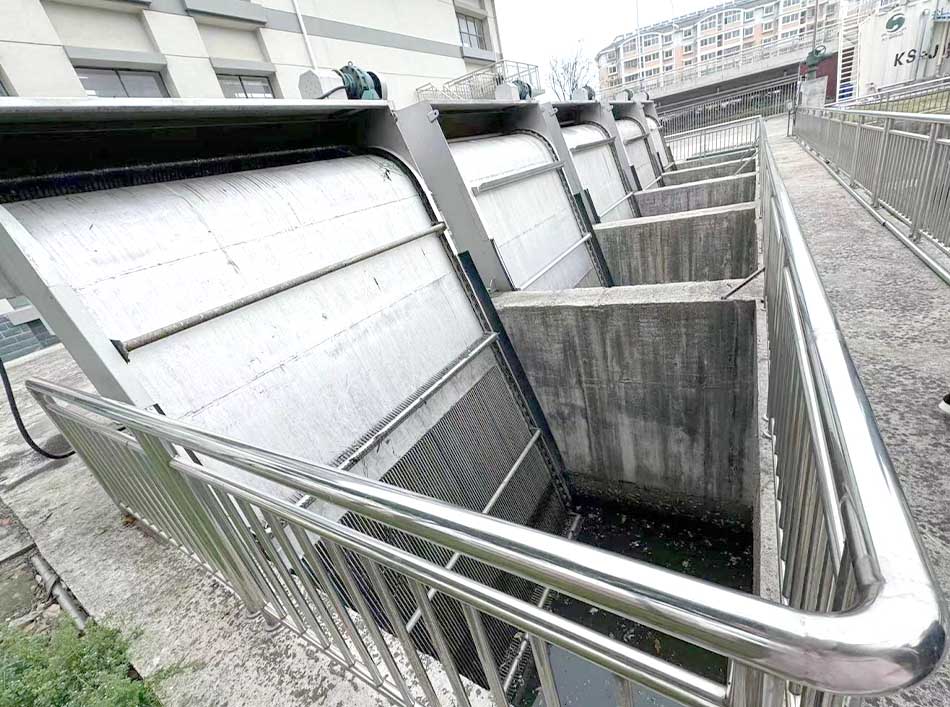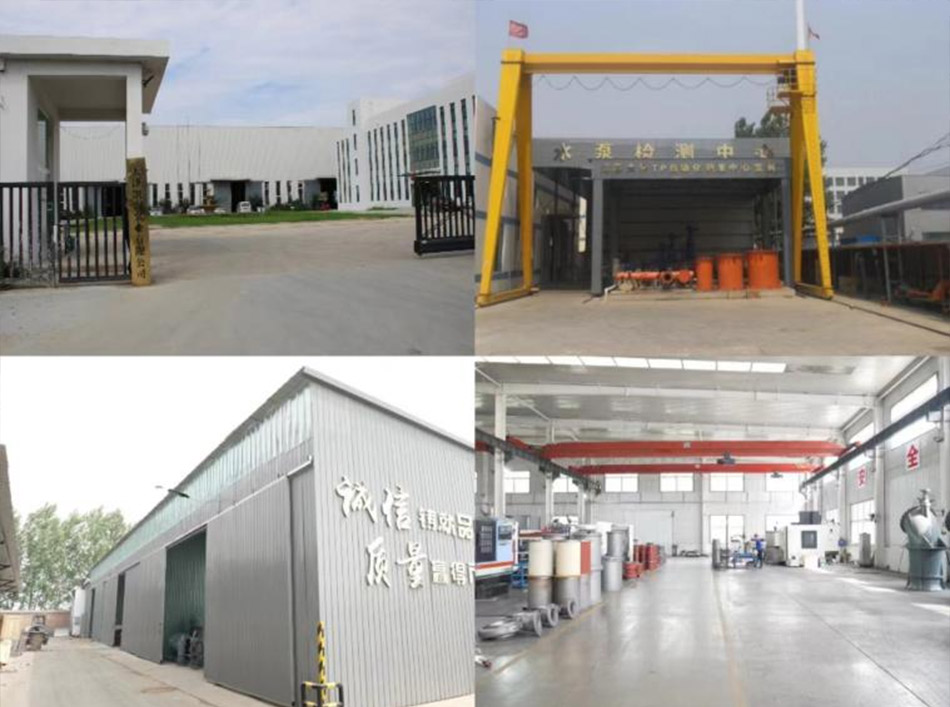Categories
Contact

Water Treatment Grille
Water is the quintessence of life, and guaranteeing its immaculateness is a basic angle of advanced foundation. One of the unsung heroes in the domain of water treatment is the water treatment grille, a gadget planned to channel out debasements and keep up water quality.
Working Principle
At the heart of each water treatment grille is a basic however viable rule: the physical division of water from undesirable flotsam and jetsam and particles. The grille comprises of a arrangement of bars or screens that make contract openings through which water can stream, whereas bigger contaminants are blocked. The plan leverages the normal stream of water, coordinating it through the grille where the filtration occurs.
A water treatment grille is a component utilized in water treatment frameworks, ordinarily found in offices like water treatment plants, mechanical locales, and now and then in private frameworks. Its essential part is to screen and channel out flotsam and jetsam and bigger particles from the water some time recently it experiences advance treatment forms. Here’s how it by and large works:
1. Work and Design:
Purpose: The water treatment grille is outlined to evacuate expansive objects such as takes off, sticks, and other flotsam and jetsam that might harm or clog downstream gear, such as pumps and filters.
Structure: It ordinarily comprises of a metal framework or work with divided bars or openings. The measure of the openings in the grille decides the measure of flotsam and jetsam it can successfully channel out.
2. Stream and Filtration Process:
Water Stream: As water flows through the treatment framework, it to begin with experiences the water treatment grille. The grille is situated in the water's way, ordinarily at the entrance of a treatment office or fair some time recently the water enters a pump.
Screening: Bigger particles and flotsam and jetsam are caught by the grille, whereas the cleaner water passes through. The estimate of the openings in the grille is carefully planned based on the sort of flotsam and jetsam anticipated and the particular necessities of the water treatment system.
3. Support and Operation:
Cleaning: Over time, flotsam and jetsam amasses on the water treatment grille, which can diminish its viability. Customary upkeep is required to expel this flotsam and jetsam, guaranteeing the grille proceeds to work legitimately. This might include manual cleaning or mechanized frameworks that intermittently clear the collected debris.
Inspection: Intermittent assessment is vital to check for harm or wear and tear, guaranteeing the grille remains in great working condition.
4. Integration with Other Systems:
Downstream Hardware Security: By sifting out bigger flotsam and jetsam, the grille makes a difference ensure pumps, channels, and other touchy gear in the water treatment framework, anticipating harm and decreasing support costs.
Pre-Treatment Step: The grille regularly serves as an starting pre-treatment step, planning the water for advance filtration and treatment forms, such as chemical treatment or organic processes.
In rundown, a water treatment grille plays a pivotal part in the early stages of water treatment by expelling bigger flotsam and jetsam and avoiding it from coming to and possibly harming downstream gear. Appropriate upkeep and operation of the grille are basic to guarantee the effectiveness and life span of the by and large water treatment framework.
Detailed Explanation of the Working Process
The working process of a water treatment grille begins with the water intake. As water enters the system, it is channeled towards the grille. The size and arrangement of the bars are carefully calculated to allow water to pass through while capturing debris. The velocity of the water helps to push smaller particles through the openings, while larger items, such as leaves, twigs, and plastic waste, are trapped.
Once debris is captured, it must be removed to prevent the system from clogging. This is typically achieved through one of two methods: manual cleaning or automated cleaning. Manual cleaning involves physically removing the captured debris from the grille, a process that may need to be repeated regularly depending on the volume of debris and the flow rate of water. Automated cleaning systems use mechanical devices such as brushes or rakes to clear the grille, reducing the need for human intervention and increasing the efficiency of the process.

Applications of Water Treatment Grilles
Water treatment grilles are indispensable in a variety of applications where water quality and flow regulation are paramount. Some of the key areas where these grilles are used include:
1.Wastewater Treatment:
Screening in Sewage Plants: Water treatment grilles are crucial in wastewater treatment plants to remove large solids and debris from raw sewage before it undergoes further treatment. This helps prevent clogging and damage to subsequent treatment stages like sedimentation tanks and biological reactors.
Combined Sewer Overflows: In combined sewer systems, grilles help manage stormwater and sewage flows, reducing the risk of overflows and protecting the environment.
2.Stormwater Management:
Drainage Systems: In stormwater management systems, water treatment grilles are used in catch basins and drainage channels to filter out large debris before stormwater is directed to treatment facilities or natural water bodies.
Retention Ponds: They are also used in retention ponds to prevent debris from clogging drainage systems and to reduce maintenance efforts.
3.Agricultural and Irrigation Systems:
Irrigation Water Filtration: Grilles are used in agricultural irrigation systems to filter out debris from irrigation water, protecting pumps and sprinklers from damage and ensuring the efficient delivery of water to crops.
Farm Wastewater: They help manage wastewater generated from agricultural processes, preventing clogging and damage to downstream treatment equipment.
4.Aquaculture:
Fish Farming: In aquaculture systems, water treatment grilles are used to filter out debris and maintain water quality in fish tanks and ponds, ensuring a clean and healthy environment for aquatic life.
Protecting Equipment: They help protect pumps and aeration systems from debris that could affect performance or damage equipment.
5.Residential Applications:
Home Water Systems: In residential settings, grilles can be used in private water systems, such as well water systems or home filtration setups, to remove larger particles and protect household plumbing and filtration systems.
6.Environmental Protection:
Preventing Pollution: By removing debris before water reaches natural water bodies, water treatment grilles help prevent pollution and protect aquatic ecosystems from harmful pollutants and litter.
Conservation: They play a role in conserving natural water resources by ensuring that water treatment processes are efficient and effective.
7.Cooling and HVAC Systems:
Cooling Towers: Grilles are used in cooling towers of HVAC systems to screen out debris from the water used in cooling processes, protecting the system from damage and improving efficiency.
8.Mining Operations:
Processing Water: In mining operations, grilles are used to filter process water and prevent large particles from damaging pumps and other equipment used in mineral processing.
In each of these applications, the primary role of the water treatment grille is to protect equipment, improve efficiency, and ensure the quality of water by removing debris and larger particles.

Choosing Your Water Treatment Grilles Manufacturer
Selecting the right manufacturer for your water treatment grilles is essential to ensure the longevity, efficiency, and reliability of your water treatment systems. At Kairun, we pride ourselves on our rigorous quality control processes and commitment to excellence. We offer a wide range of grilles designed to meet the specific needs of various applications.
Whether you need a custom solution or a standard grille, our team of experts is ready to work with you to find the perfect fit for your project. Contact us at catherine@kairunpump.com to discuss your requirements and let us help you maintain the purity and quality of your water.

References
[Water Environment Federation Screening]
[Suez Water Handbook Pretreatments]
[AtlasSSI Bar Screens]
[J.R. Hoe & Co. Trash Racks]







